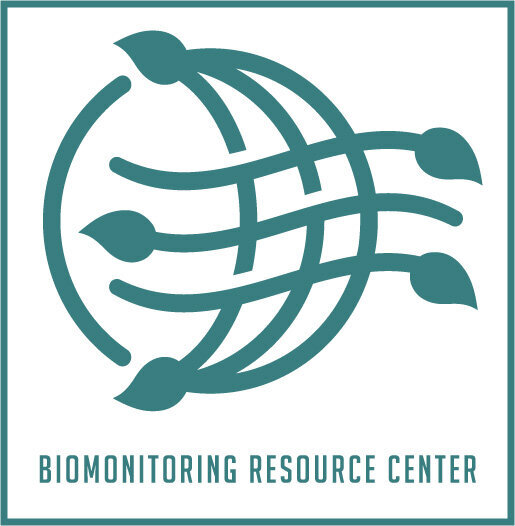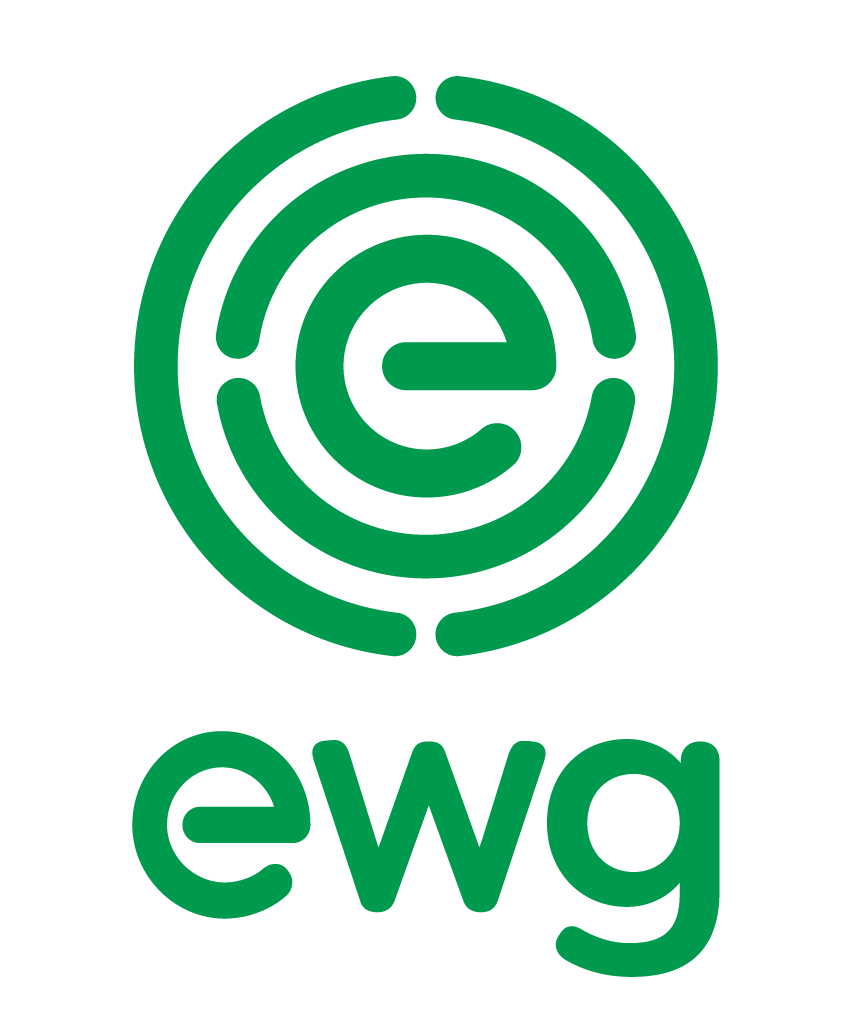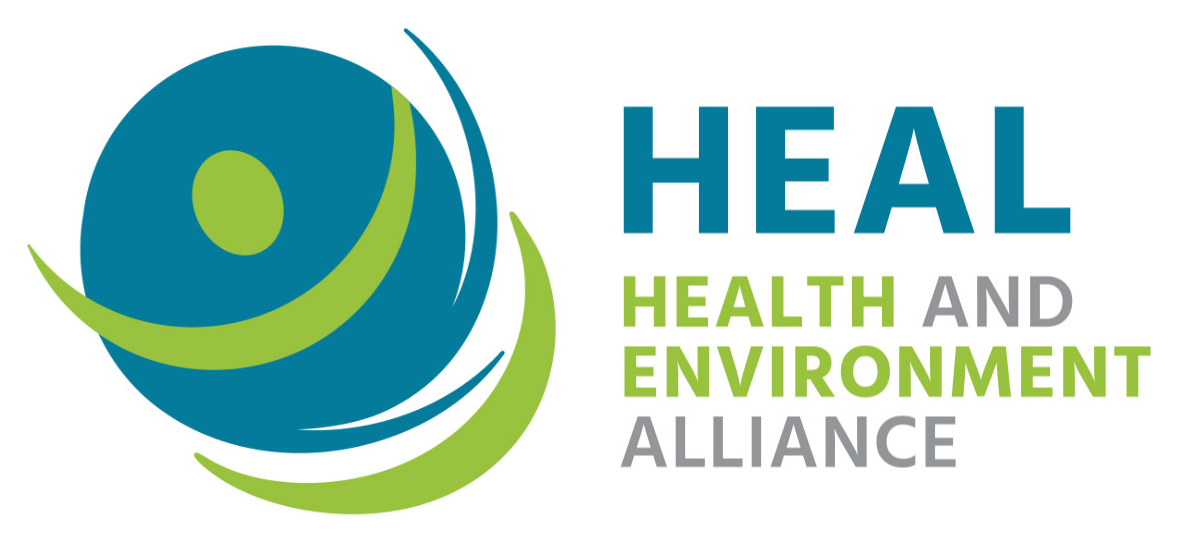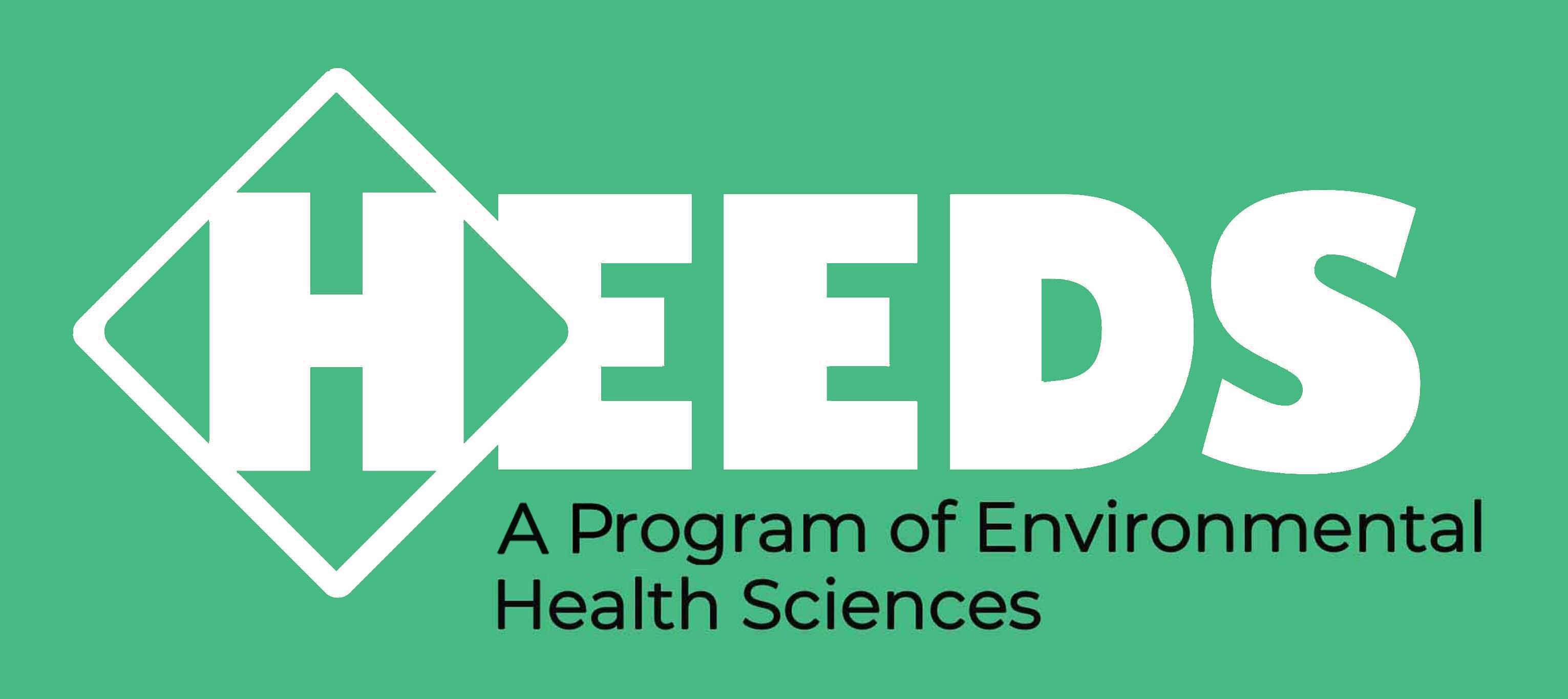Related Webinars
Related Blog Posts
Partner Resources

Alaska Community Action on Toxics
Alaska Community Action on Toxics (ACAT) works with communities, implementing effective strategies to limit their exposure to toxic substances and to protect and restore the ecosystems that sustain them and their way of life. With a focus on Environmental Health impacts in the Arctic region, they work to eliminate the production and release of harmful chemicals by industry and military sources, ensure the public’s right-to-know, achieve policies based on the precautionary principle, and support the rights of Indigenous peoples. ACAT coordinates CHE-Alaska, providing opportunities to learn about the best available science through CHE-related activities, such as partnership webinars and news updates.

Center for Environmental Health
Center for Environmental Health (CEH) protects people from toxic chemicals by working with communities, consumers, workers, government, and the private sector to demand and support business practices that are safe for public health and the environment.

Commonweal Biomonitoring Resource Center
Commonweal Biomonitoring Resource Center (CBRC) conducts environmental monitoring for chemicals with EDC properties in affected US communities, including fire fighters, farmworkers and populations living near oil and gas production sites. CBRC research provides the robust exposure data necessary to leverage awareness and guide decision making among communities, health care providers, regulatory agencies and others.

Environmental Working Group
Environmental Working Group (EWG) works to protect public health by spotlighting harmful industry actions, speaking out against outdated laws and regulations, and empowering consumers with breakthrough education and research.

Green Science Policy Institute
The Green Science Policy Institute is a nonprofit institute of scientists who conduct and communicate peer-reviewed scientific research to reduce harm from flame retardants, PFAS, and other chemical classes of concern. Its mission is to facilitate safer use of chemicals to protect human and ecological health by educating decision makers and building partnerships among government, business, academia, and public interest groups. The Institute has helped change regulations and purchasing practices to decrease the use of harmful chemicals in products such as furniture, textiles, electronics, cosmetics, and food packaging.

HEAL
Since 2003, the Health and Environment Alliance (HEAL) has been a leading European nonprofit public interest organization, with over 90 members addressing how the environment affects health in the European Union (EU). HEAL has a strong track record in increasing public and expert engagement in the EU and World Health Organization (WHO) debates and decision-making process.

Healthy Environment and Endocrine Disruptor Strategies
Healthy Environment and Endocrine Disruptor Strategies (HEEDS) is an Environmental Health Sciences (EHS) program. HEEDS is a non-profit multidisciplinary coalition of scientists dedicated to improving communication, coordination, and collaboration in the endocrine disruption field. HEEDS was developed by scientists for scientists.
